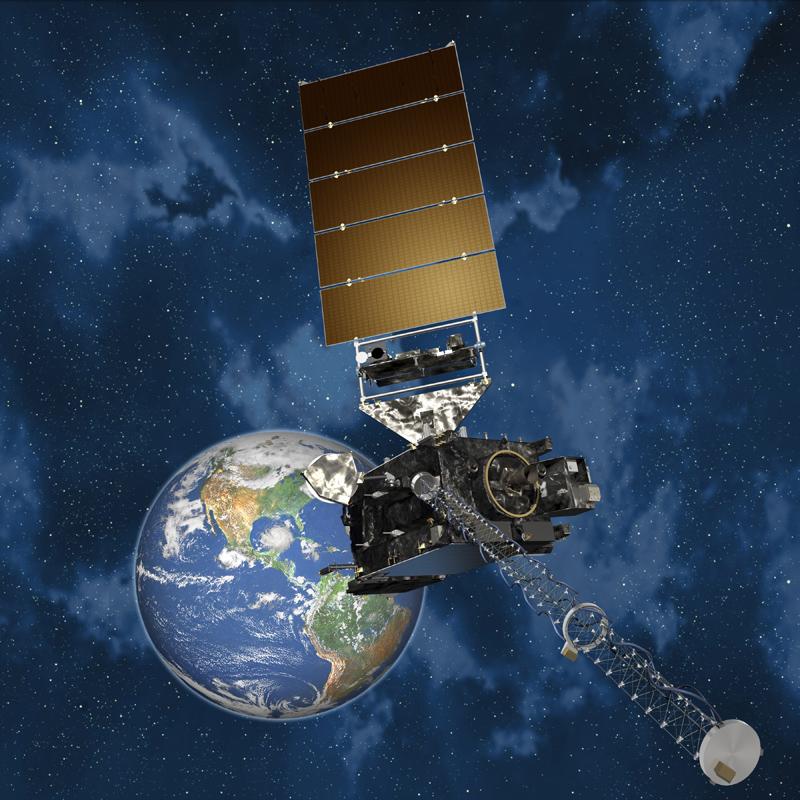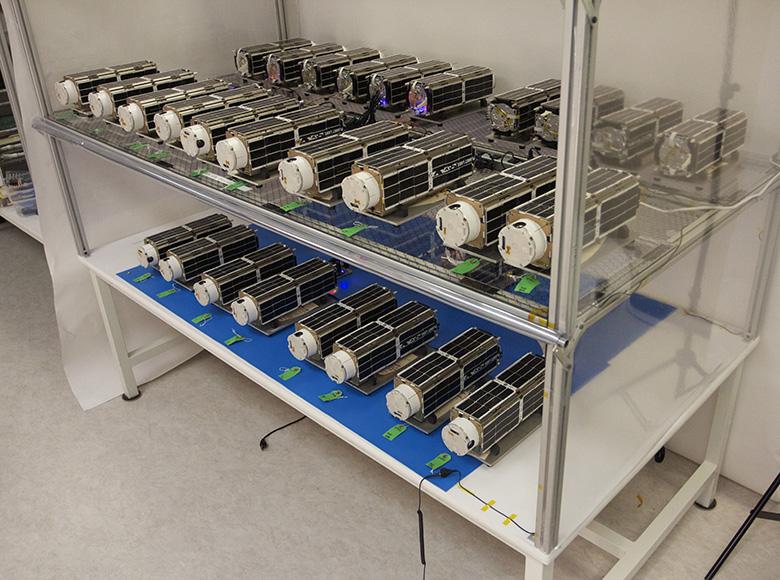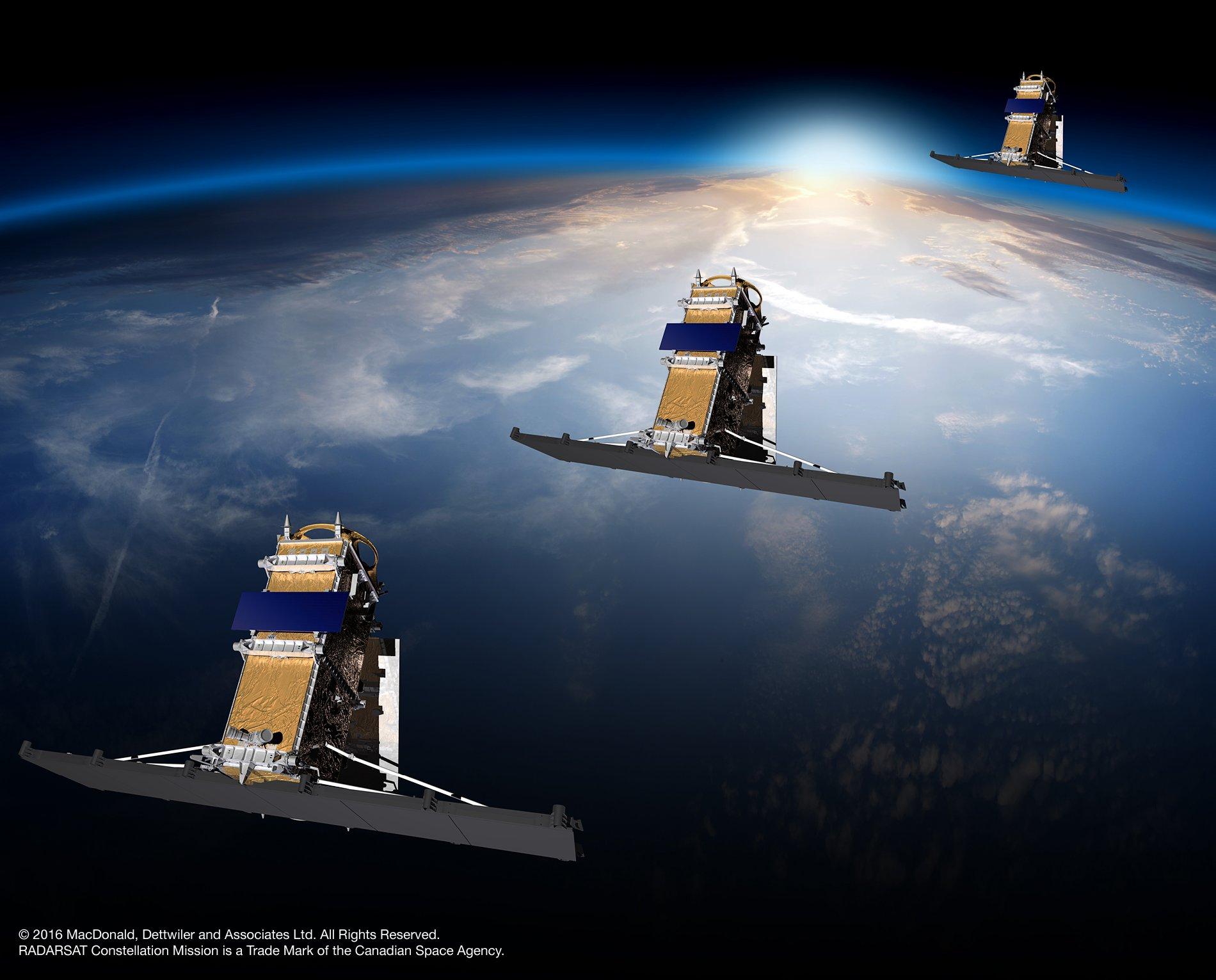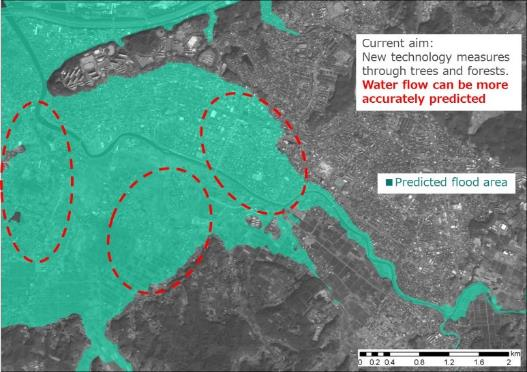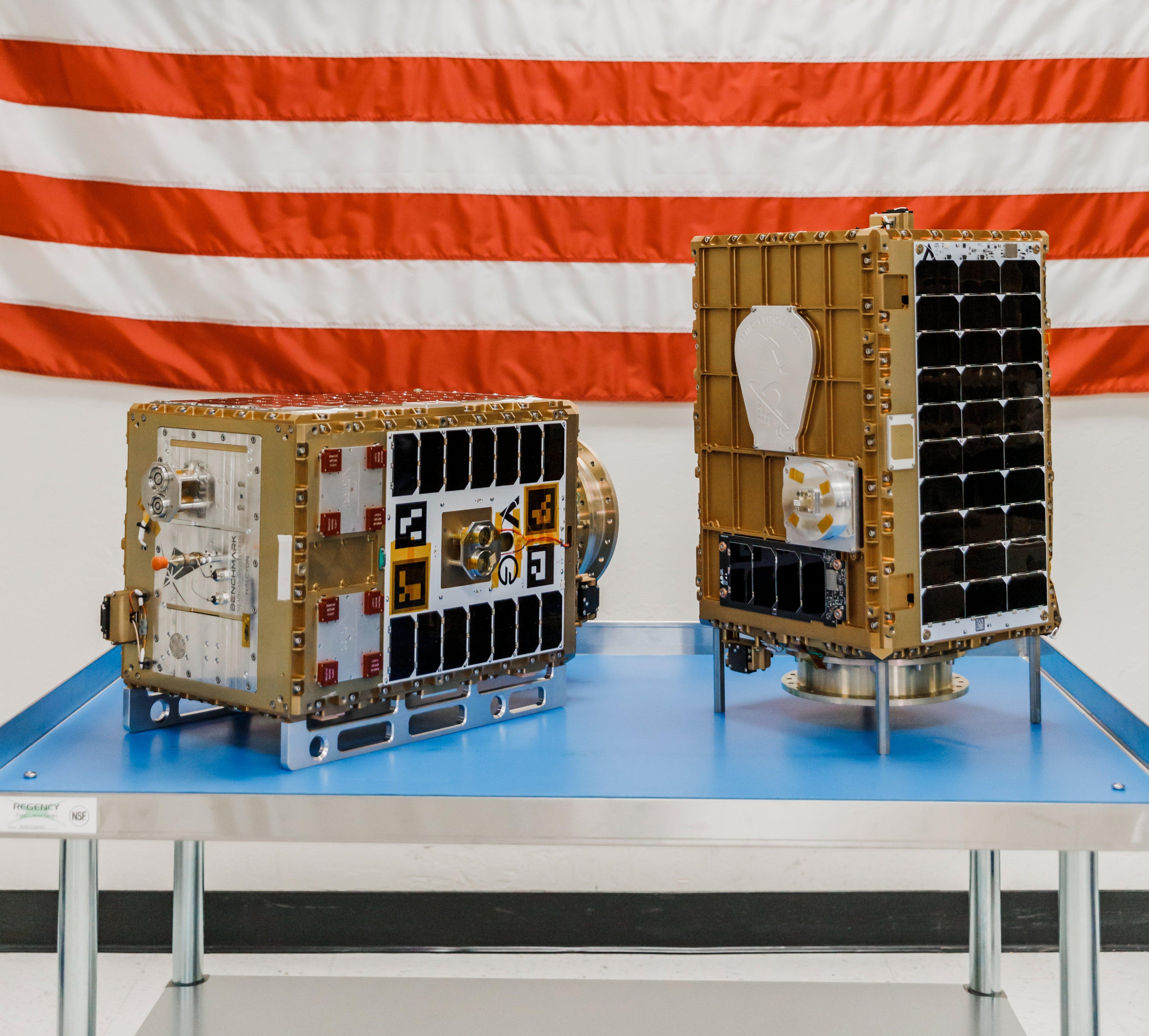Sustaining the Earth from Space
June 16, 2021The global market for Earth observation services, data and intelligence is booming, expected to reach $8 billion by 2029, according to Euroconsult. Though more than half of that market is driven by defense needs, a growing number of small satellite companies and government initiatives are monitoring environmental change from space and pulling down more and more data that sheds light on how humans can better protect the planet. This is a small sampling of efforts underway to do just that.

